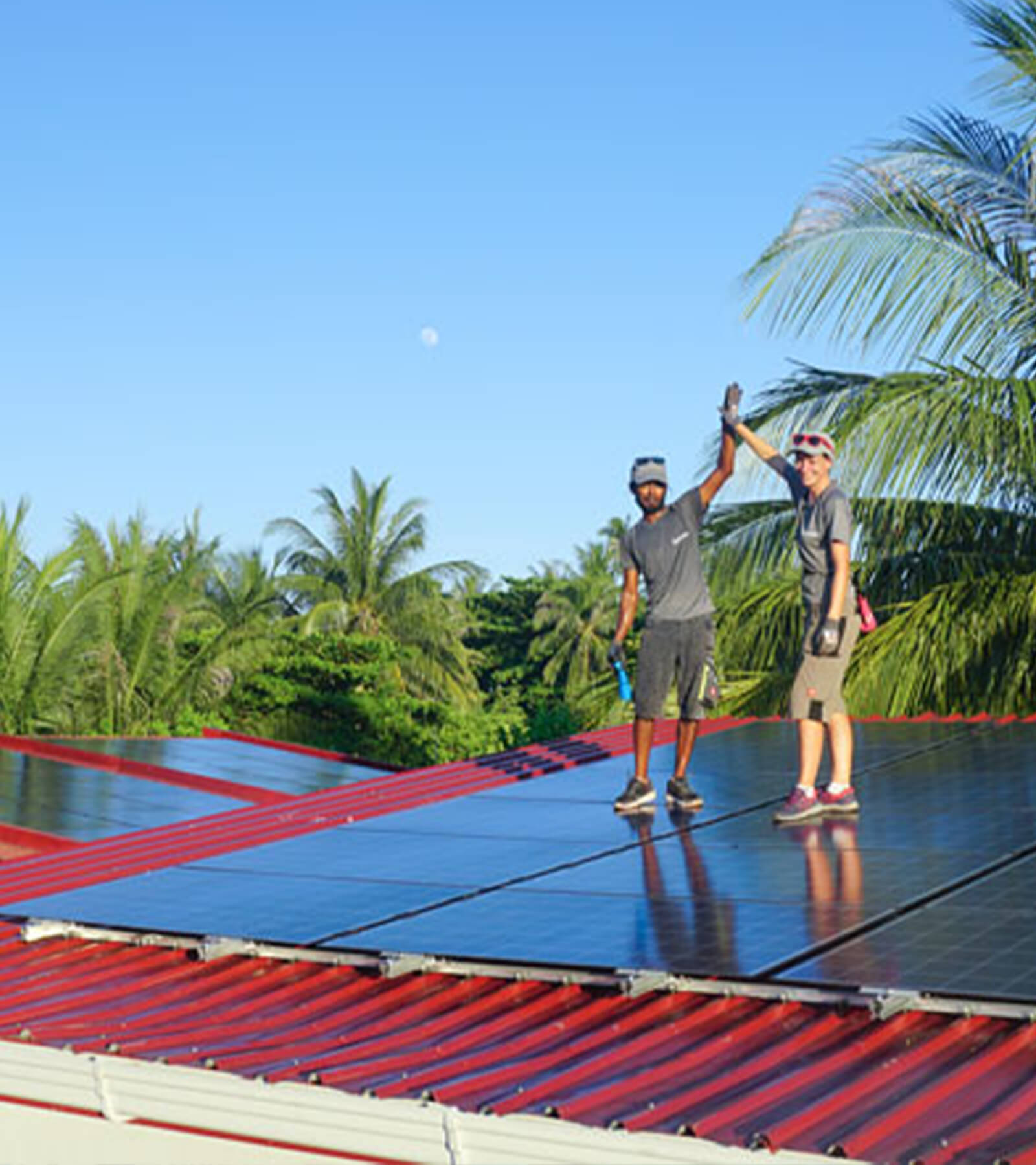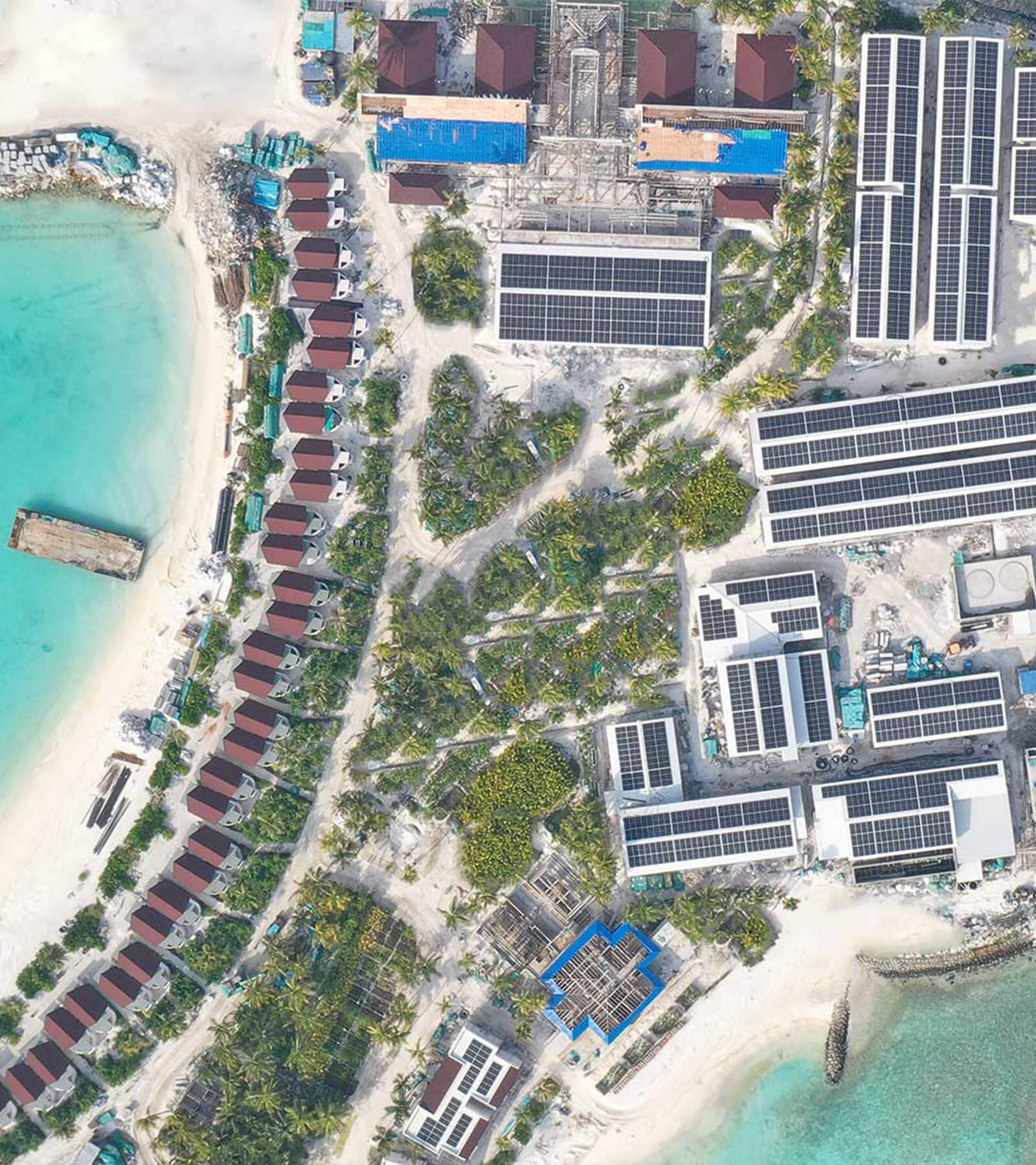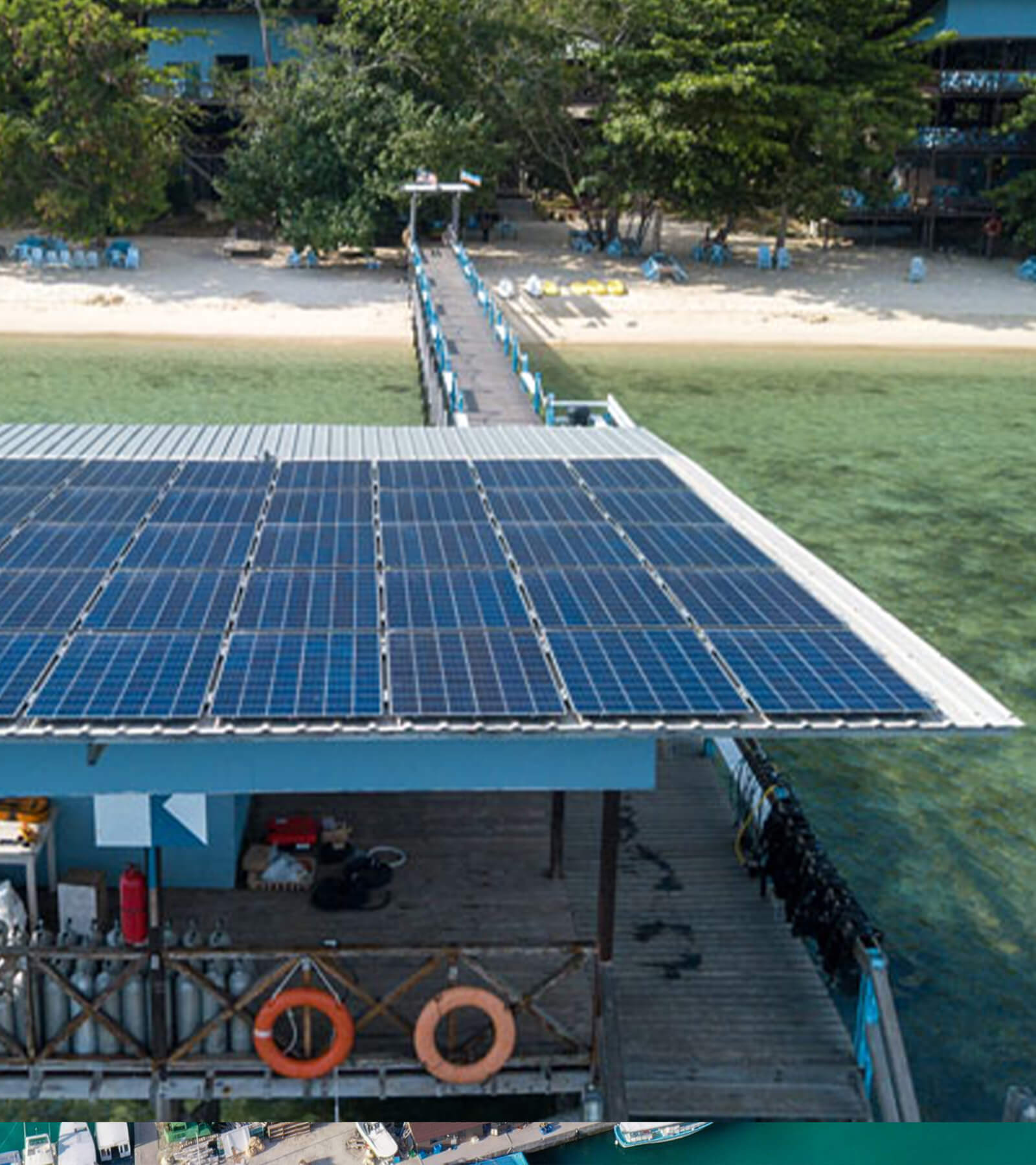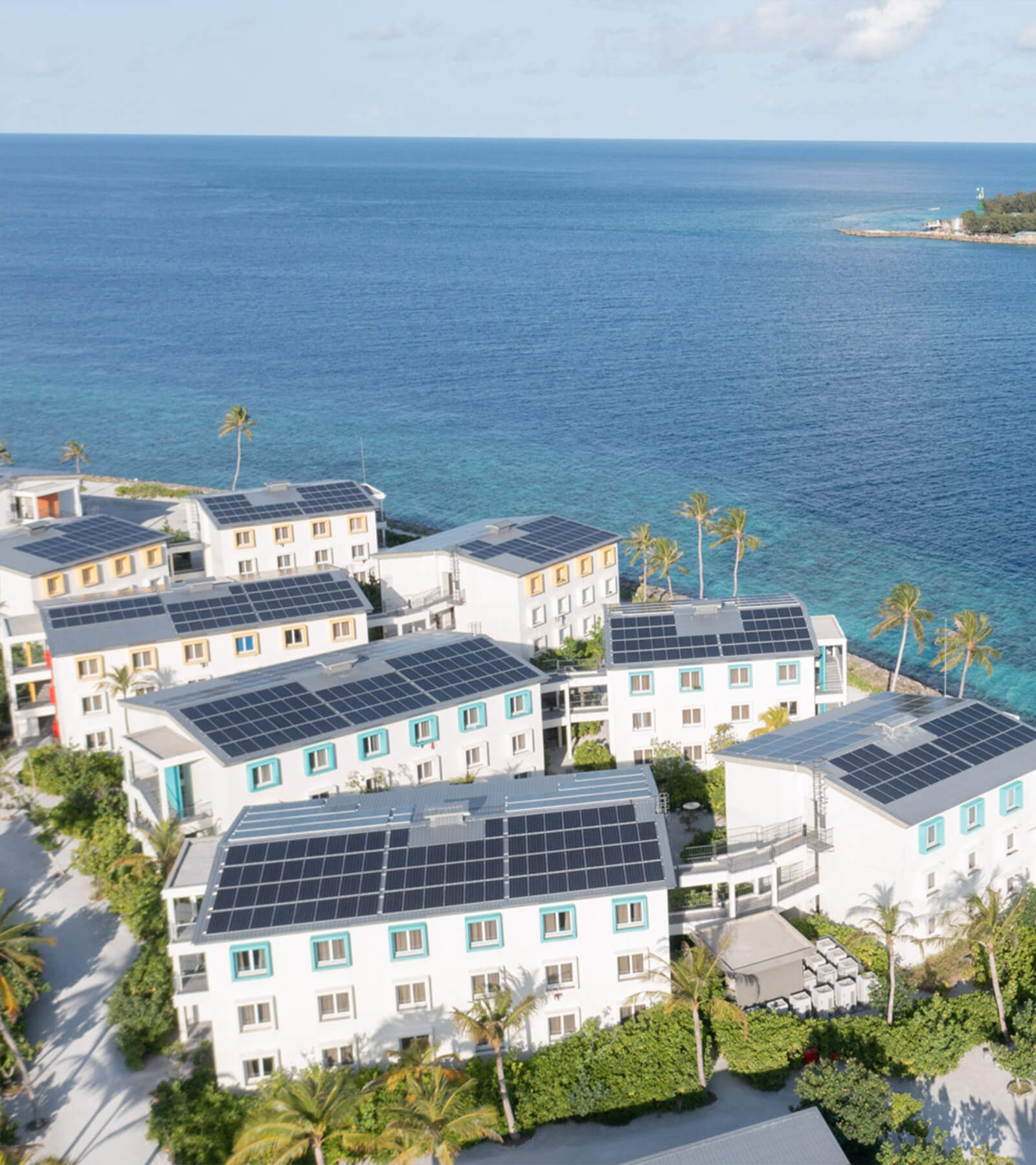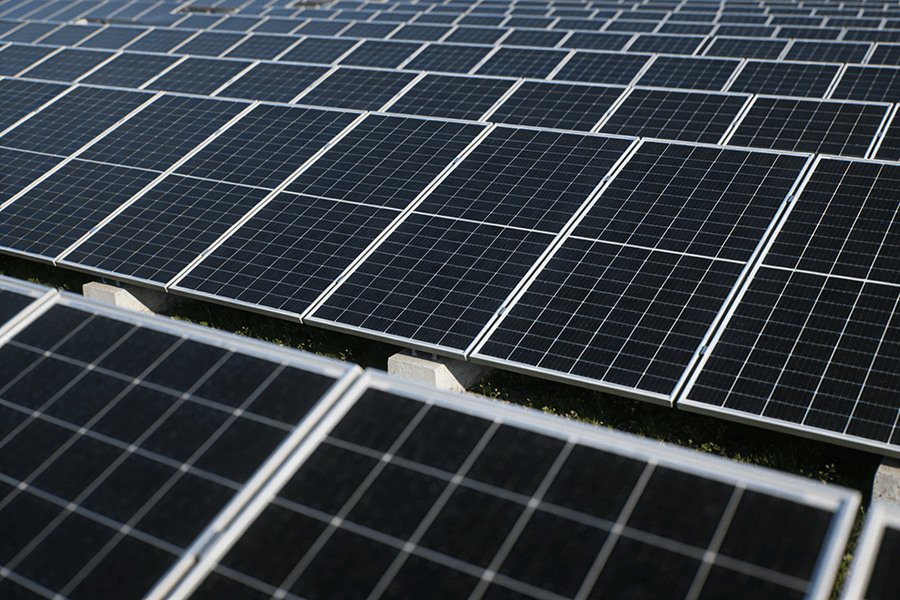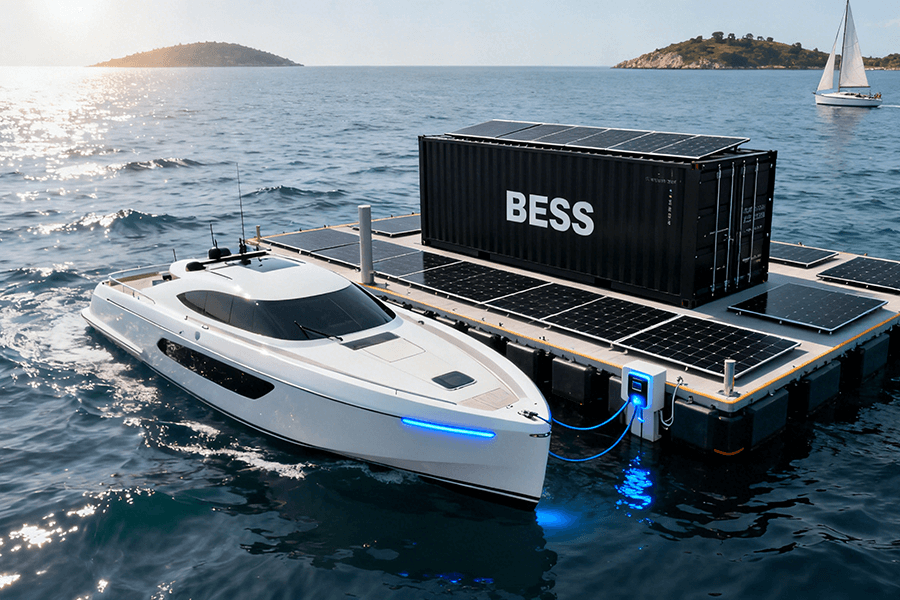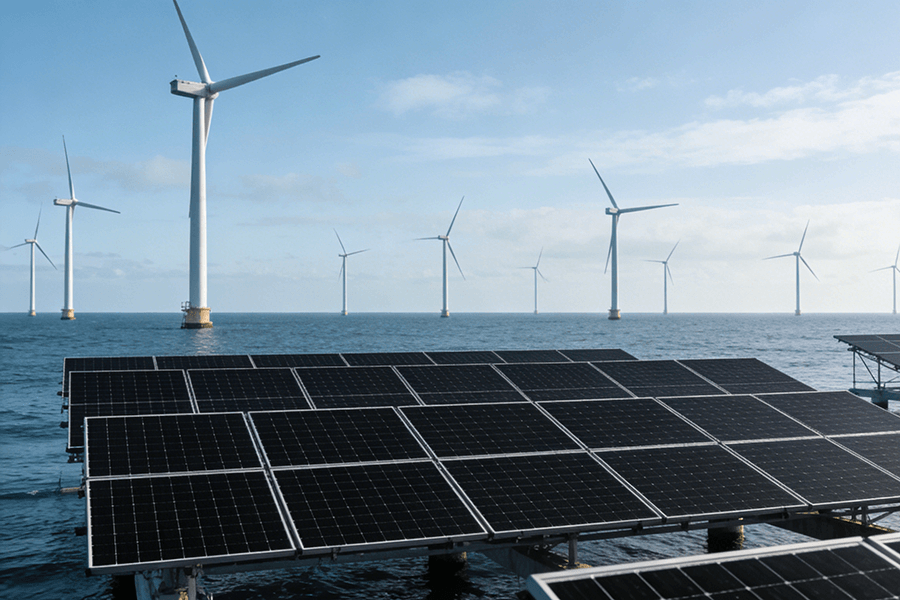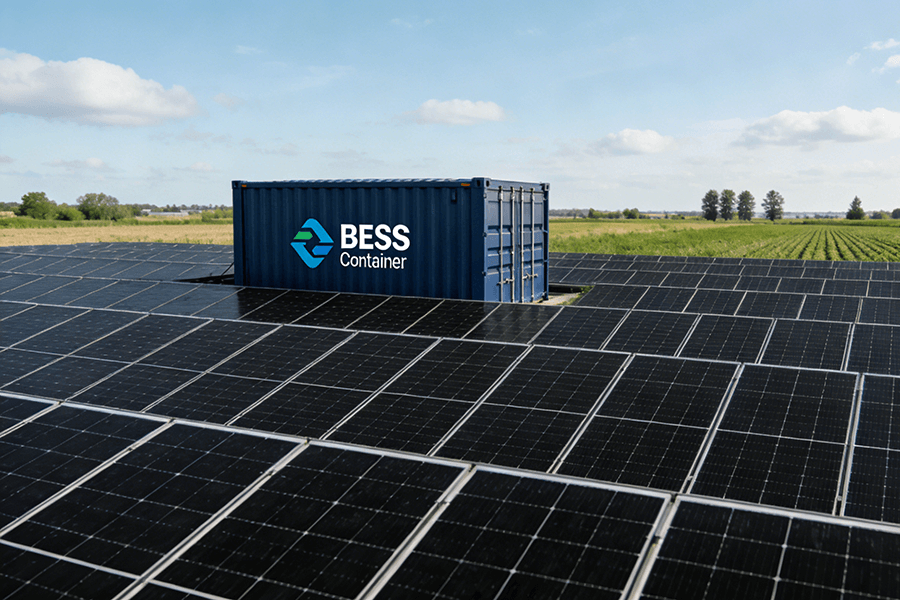Building your own solar system can save you money and increase your energy independence. However, ensuring your system is safe and runs efficiently requires adequate planning. It requires choosing the right solution and equipment.
It also requires some experience in design and installation. Maxbo can provide a one-stop solution that covers all your needs from design to installation. In this guide, we’ll take a closer look at how to build a solar system for yourself.
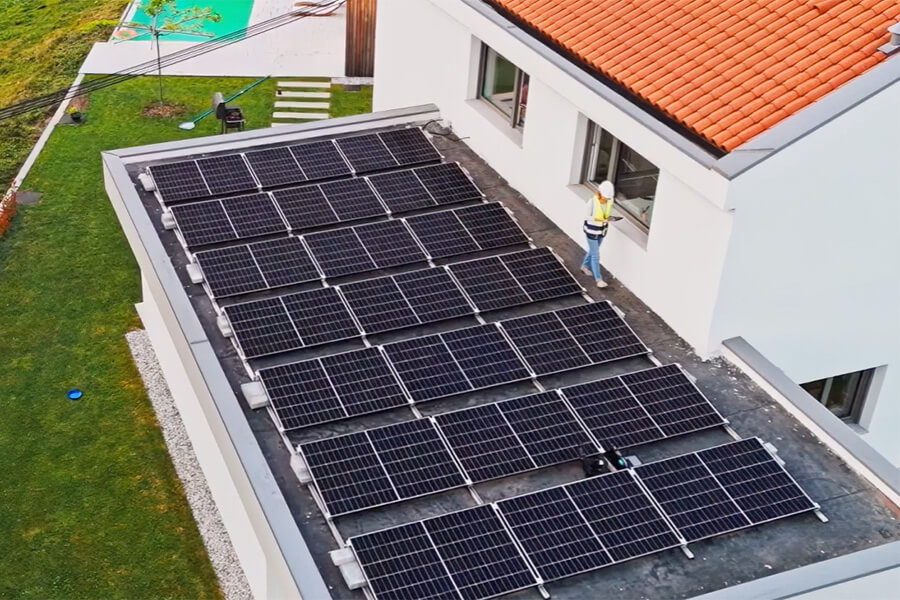
Step 1: Planning and Design
Planning: Calculate Power Needs
The first step in building your solar system is determining your home’s energy consumption. Review your utility bills to calculate your monthly energy usage.
- If your household consumes 400 kWh per month, you’ll need a system that can generate at least this amount of power.
- Typically, a 5 kW system can produce between 4,500 and 6,000 kWh per year, depending on sunlight conditions in your region.
Therefore, for a household with a monthly consumption of 400 kWh, a 5 kW system may suffice.
Design: Professional Design and Power Prediction
- Software: PVsyst
Once you’ve estimated your energy needs, the next step is to design the system. PVsyst is a highly recommended tool for simulating the energy production of your solar system under various conditions.
It factors in:
- Location and Climate Data:
PVsyst uses local solar radiation data to calculate system output. - Roof Pitch and Orientation:
These affect the efficiency of your solar panels. - Shading Analysis:
PVsyst can model shading effects that might reduce energy production.
By simulating different setups, you can optimize the size and orientation of the system to meet your energy needs while minimizing costs.
At Maxbo, we offer professional design services to help you create the most accurate and efficient system plan.
Step 2: Preparing Materials
After finalizing the design, it’s time to gather the necessary materials. Maxbo offers a wide selection of solar panels, inverters, and battery storage options tailored to your needs:
- Solar Panels:
We offer monocrystalline, polycrystalline, and PERC solar panels, each with different efficiencies and costs. - Inverters:
Both string inverters and microinverters are available. - Battery Storage:
If you plan to store excess energy, we provide batteries compatible with your system for backup power.
Step 3: Installation Process
Hiring Professional Installers
If you prefer to have professionals handle the installation, make sure to verify their qualifications and check if they meet local regulatory standards.
For example, installers in the UK should be certified under the Renewable Energy Guarantees of Origin (REGO), while those in Europe should meet CE certification standards.
Professional installation typically costs between €1,500 and €4,000, depending on system size and complexity.
DIY Installation
If you’re confident in your skills, you can install the system yourself. Here’s a step-by-step breakdown of the installation process:
Prepare Materials:
- Solar panels
- Mounting hardware
- Inverter
- Electrical wiring and connectors
- Batteries (if included in your system)
- Grounding equipment and safety gear
Installing the Mounting System:
- Install the mounting brackets on the roof (or ground mounts, if applicable).
- Ensure the brackets are securely fastened, as they will support the solar panels.
- Adjust the angle of the brackets to optimize solar panel orientation. For flat roofs, adjustable mounts are often used to ensure panels face the sun at the best possible angle.
Installing Solar Panels:
- Place the solar panels on the mounts and secure them with bolts.
- Ensure the panels are properly aligned and spaced to maximize sunlight exposure.
- Connect the panels together using wiring, following the series or parallel configuration as per your system design.
Installing the Inverter:
- Choose a dry, well-ventilated location for the inverter.
- Connect the solar panel output to the inverter’s DC input.
- Ensure all electrical connections are properly insulated and secure.
Connecting the Battery Storage (if applicable):
- Install the battery unit in a safe, accessible location.
- Connect the battery to the inverter using the specified wiring.
Step 4: Electrical Connection and Safety Check
Before connecting the system to the electrical grid or your home’s power system, conduct a thorough inspection to ensure it meets safety standards. This includes:
- Electrical Connections: Ensure all connections are tight and insulated.
- Grounding: Proper grounding is essential to prevent electrical hazards.
- System Test: Verify that the system is functioning as expected and check for any issues.
Step 5: Compliance with Local Regulations
Each country in Europe has its own regulations for solar installations. For example:
- Germany:
Solar installations must comply with the EEG (Renewable Energy Sources Act), which provides financial incentives and subsidies. Additionally, installers must have VDE certification. - UK:
The Microgeneration Certification Scheme (MCS) ensures solar PV systems meet quality and safety standards.
You may also need to register your system with the relevant authorities and ensure it complies with local grid connection rules.
Maxbo can help you navigate these regulations and ensure your installation is compliant.
Step 6: Ongoing Maintenance and Monitoring
Once your solar system is operational, it’s important to monitor its performance regularly.
Maxbo provides system monitoring tools to help you track energy production.
Regular maintenance, such as cleaning panels and checking electrical components, ensures optimal performance and longevity.
Conclusion
Building your own solar system can be a fulfilling project, but it requires careful planning, proper materials, and knowledge of electrical systems.
Whether you choose to install the system yourself or hire a professional, Maxbo offers all products and support you need to create a reliable and efficient solar energy solution. For more information on solar systems and products, visit Maxbo’s solar solutions page.
By following the steps above, you can successfully install a solar system that meets your energy needs while also contributing to a sustainable future.
Email: [email protected]

